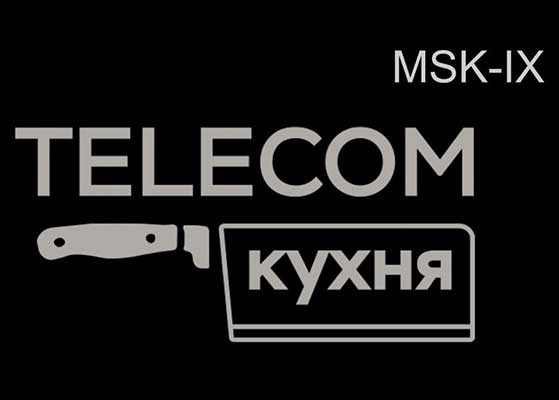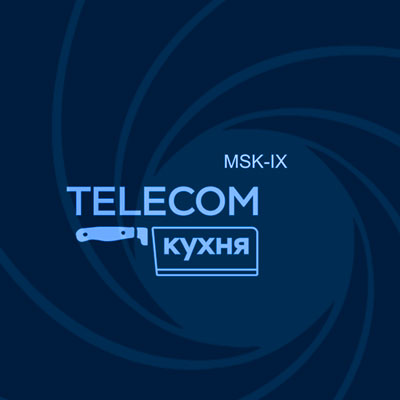Participants in Time of Medialogistika in favor of cooperation between media and telecommunications

In his opening remarks, Grigory Kuzin, MSK-IX Medialogistika Project Director and moderator, noted that Time of Medialogistika, like the previous conference, Medialogistika Days, continues the series of events held as a dialogue between notable media and telecommunications representatives.
He also said that in 2020 about 20 new themed channels appeared in Russia despite the pandemic. Most were launched by the operator, Tricolor. Thus, a logical question arose: has TV channel production become a common part of an operator’s business?
The opinions were divided. Marina Gasparyan, Content Production Director at National Satellite Company (Tricolor), said that according to internal analysis, the company annually records high demand for film series content: 1.5-2 times higher than supply, therefore Tricolor is encouraged to launch new TV channels with its own productions, some of which are exclusively distributed through the operator’s platform, and some are distributed through partner First HDTV.
Rostelecom Content Policy Director Alexander Kosarim said that production of TV channels was not entirely operators’ business. He said content production requires significant expense and sophisticated specialists. In this case, it is easier for an operator to agree with a specialized third company to create television channels.
“Rostelecom has several collaborations with large media groups that produce some channels,” Alexander Kosarim said.
The same approach is popular in China, according to Alexander Chernyayev, Lead Manager with Huawei Russia. He said that large Chinese operators do not produce their own TV channels but showcase others’ content.
Regarding the choice of topics for new television channels, the discussion participants agreed that creation of any channel must be preceded by deep market analysis to identify audience demands for certain formats and topics.
First HDTV CEO Maxim Polukhin said that in 2021 the company had launched the First Space TV channel established in cooperation with Roscosmos.
“We analyzed audience preferences and realized that the demand for space-related content exceeds the supply in the market,” Maxim Polukhin noted. According to Polukhin, the new TV channel should have an audience of about 7.5 million viewers per month.
Vlogger’s Prime General Producer Denis Maimistov also shared an interesting case. The company saw evident growth in the popularity of blogger content, which is significantly different from traditional television, and decided to launch two television channels: V1 Ego and V1 Fem, which only shows video blogs.
“Many viewers are content with a linear viewing format. It's easier for people to not look for an interesting video on YouTube but turn on something in the background on a second screen. At the same time, they want to see new blogging content,” said Denis Maimistov.
Another important issue widely discussed at the Time of Medialogistika was on cooperation between media companies and operators to monetize and promote TV channels and VOD content in today’s internet reality.
Media Alliance CEO Grigory Lavrov noted that with the right approach linear channels and VOD complimented each other. He said the distribution medium strongly depends on the genre: live events, such as news and sports, are more popular in a linear format, while niche content goes more into non-linear television viewing. According to the Media Alliance CEO, it is necessary to establish the joint promotion of content with operators to achieve the maximum effect.
Everyone in the discussion said unanimously that this cooperation was useful. MBG Marketing Director Gulnara Umryayeva expressed the common opinion that it was almost impossible to promote television content effectively without involving operators, because producers knew a lot about their content and could talk about it but had no direct access to an operator’s audience.
“No matter what media advertising we buy, no matter what money we spend on promotion in social media, we will never have a direct connection with the operator’s subscribers. We can attract a new audience, but we can only promote content among current subscribers through an operator,” Gulnara Umryayeva said.
First HDTV Advertising and Promotion Service Director Maria Cherkasskaya completely agreed with her. In her experience of cooperating both with federal and regional operators, the channel producer must ask how they receive feedback from subscribers so they can offer content that will be of interest to an audience.
Red Media Head of Sales Department Yekaterina Ivandikova added that the Try&Buy format was an effective tool to promote a TV channel. This means that a client can watch a channel for free on a trial basis before deciding whether to subscribe or not.
In conclusion, moderator Grigory Kuzin noted that the market had not yet found the right balance between narrow specialization and the convergence of companies in the media industry.
“However, it is clear that the future belongs to professional collaboration between media and telecommunications,” Kuzin said.






